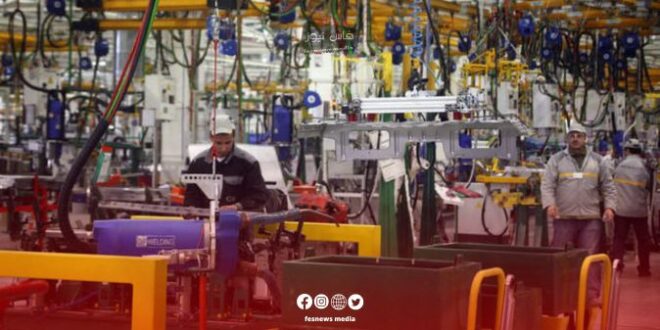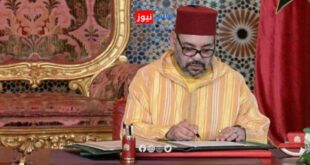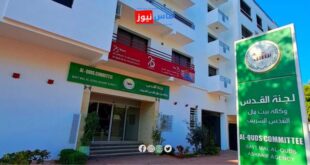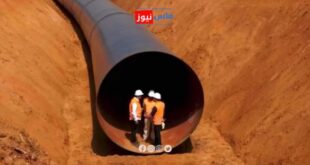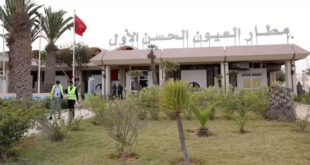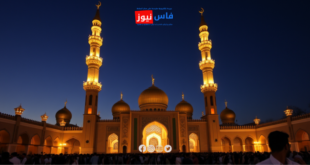The industrial sector in Morocco is one of the main drivers of the national economy, having undergone significant development over the past decades. This evolution began with a heavy reliance on phosphate and has progressed toward a diversified modern manufacturing sector that increasingly contributes to strengthening the national economy and creating job opportunities. In this article, we explore the stages of this sector’s development and the key transformations it has undergone.
- The Role of Phosphate as a Key Driver
Phosphate has long been one of Morocco’s most important economic resources, as the country is one of the largest producers and exporters of this mineral in the world. Phosphate constitutes a large part of the country’s exports and significantly contributes to state revenues. Over time, Morocco’s industrial sector became heavily dependent on this valuable mineral to meet both local and global market demands, particularly in the production of fertilizers, which sees high demand both regionally and internationally.
- Transition Toward Manufacturing Industries
In the last two decades, Morocco has adopted policies aimed at diversifying its economy and reducing dependence on phosphate, which has led the country to develop its manufacturing industries. This transition includes sectors such as food processing, textiles, automotive, aerospace, and renewable energy. For example, the automotive industry in Morocco has developed significantly, with the country becoming a regional production hub, attracting large investments from global companies like Renault and Peugeot. Similarly, the aerospace industry has seen remarkable growth, with Morocco becoming a destination for international companies seeking to manufacture and assemble aircraft components.
- Digital Industry and Technology
In recent years, Morocco has opened up to the information and communications technology (ICT) industry, launching various initiatives to boost this sector. The country has invested in building advanced digital infrastructure, which has enabled it to attract global technology companies. The Moroccan government is also working to create an environment conducive to growth in this field by encouraging innovation and creativity, making the country one of the future investment hubs for digital technologies in the region.
- Green and Sustainable Industries
Morocco’s industrial development has not been limited to traditional industries; the sector has also witnessed a shift toward green and sustainable industries. The Moroccan government is promoting investment in renewable energy, particularly in solar and wind energy. The “Noor” solar energy project in Ouarzazate is one of the most prominent examples of this direction, contributing to reducing reliance on fossil fuels and strengthening Morocco’s role as a global center for clean energy.
- Future Challenges
Despite these achievements, Morocco’s industrial sector faces several challenges, the most significant of which are the need to update infrastructure, improve worker skills, and enhance international competitiveness. Additionally, investments in research and development (R&D) are crucial factors that could contribute to strengthening the sector in the future.
By directing significant investments and developing various industrial sectors, Morocco has positioned itself strongly on the global industrial map. Despite the challenges, the move toward diverse and sustainable industries is an important step toward achieving long-term economic growth and improving international competitiveness.
Source: Fes News Media
 فاس نيوز ميديا جريدة الكترونية جهوية تعنى بشؤون و أخبار جهة فاس مكناس – متجددة على مدار الساعة
فاس نيوز ميديا جريدة الكترونية جهوية تعنى بشؤون و أخبار جهة فاس مكناس – متجددة على مدار الساعة

